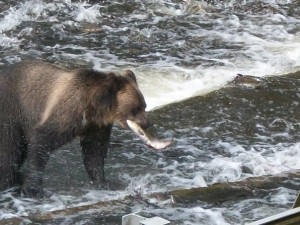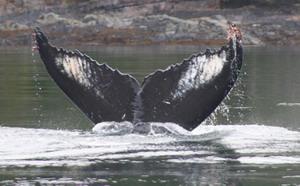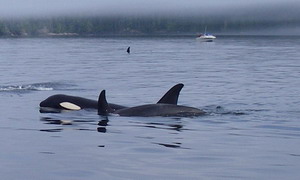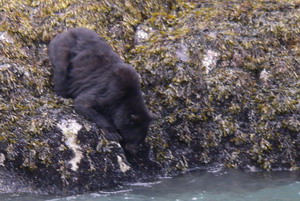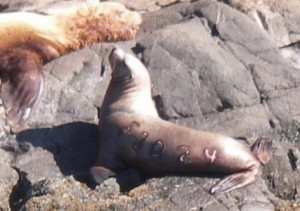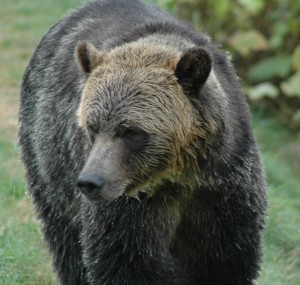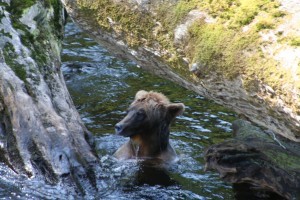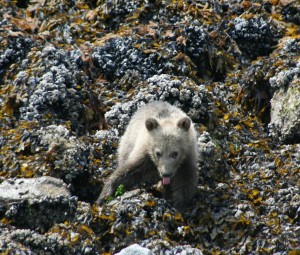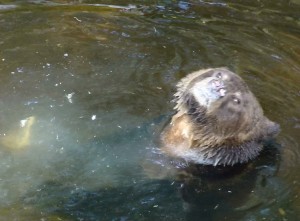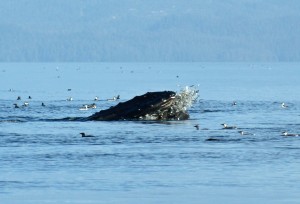
“Humpback whales often feed by lunging – moving quickly toward a school of prey with their mouths wide open, then closing their mouths and filtering the salt water out using their baleen. Researchers at the University of British Columbia learned from tagging humpback whales that during these lunges, the whale drops its lower jaw, creating drag that helps fill its mouth with prey and water. The effective, but energetically-costly feeding technique explains the relatively short dives humpback take while feeding.” a quote from Jennifer Kennedy, About.com Guide. Gary Wilson from Australia captures this feeding whale in Blackfish Sound not far from Vancouver Island’s Telegraph Cove. On normal whale watching safari day with an incoming tide to bring the herring into the viewing area we will see several humpbacks feeding.
